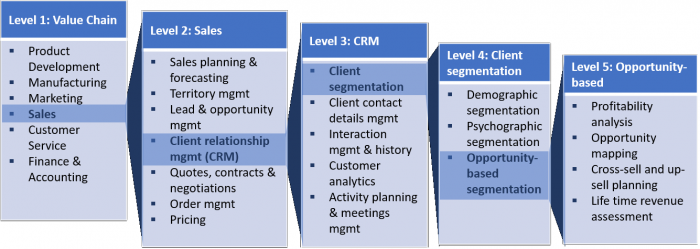Hi,
I am often still confused about what a Business Capability is and what a Business Process. Here my questions:
(1) Is it correct that the lowest level of Business Capabilities is also a Process Step? If yes, how would you call this capability? Something with "XY Management" (than it would not be a Business Process) or Activity on an Object (e.g. "Create Account") (than it would not be a capability)?
(2) Maybe I was wrong. Capabilities / Domains group Business Processes and / or IT. But higher level Business Processes also group lower level Business Processes? Sometimes I have the impression that authors mix higher level Business Processes with Capabilities.
(3) For my opinion Activity on an Object (e.g. "Create Account") is a process or a process step. But is it not also a capability to "Create Account" or to "Torque up a Bolt"?
(4) Is a capability more vertical and a business process horizontal, using process steps of different domains?
(5) Could somebody propose a really good book about BCM?
Many thanks in advance, Ludwig




Ralf Angeli on
Business capabilities and business processes are usually regarded as different things. A business capability describes a potential or an ability for achieving a certain goal or outcome whereas a business process describes the order and logic of activities required to create a product or service for a customer. In that sense, business processes can realize capabilities, usually in combination with other resources, like people, technology or information.
Capability management is used within the military context but also found its way into general enterprise architecture management where it can serve as a concept both business and IT practitioners can relate to. So you should be able to find articles about capability management in these realms. Specifications for DoDaf, NAF or ArchiMate will also include references to the capability concept.